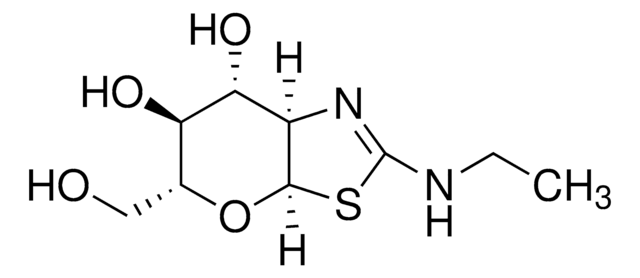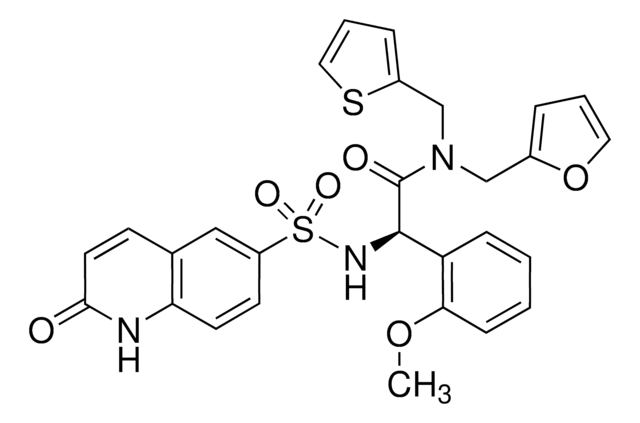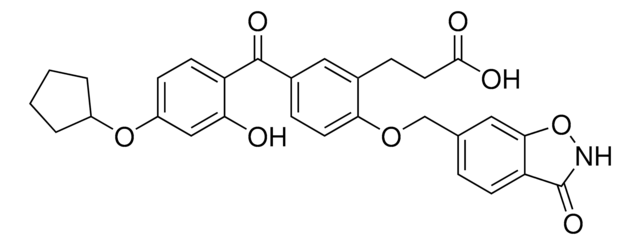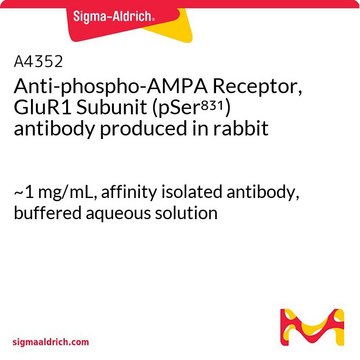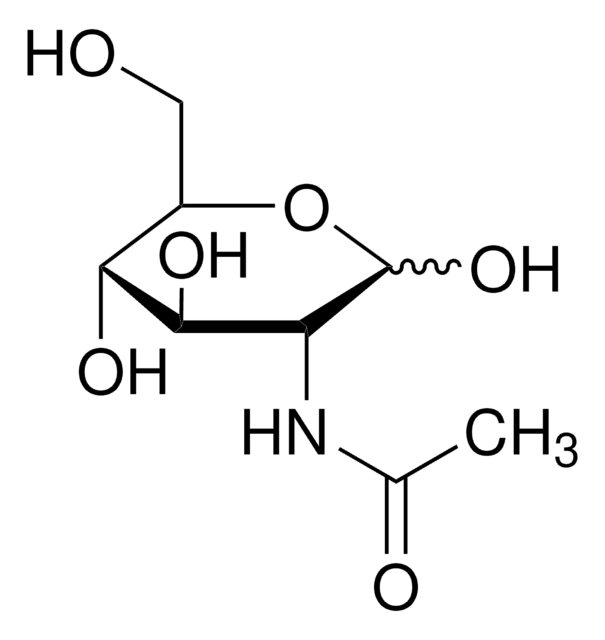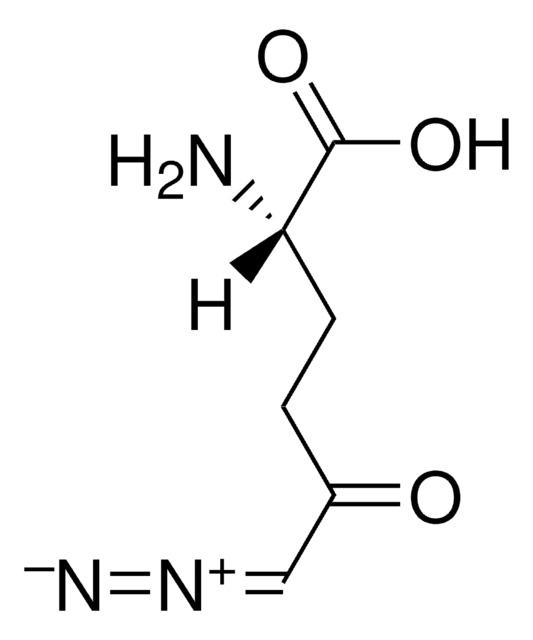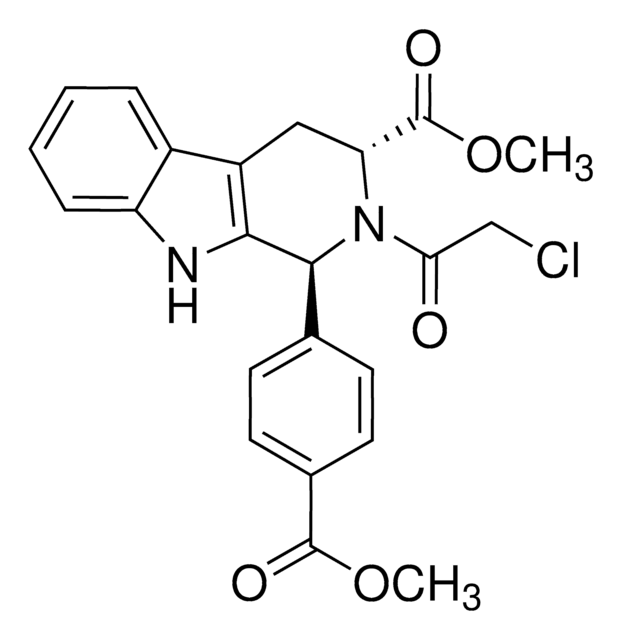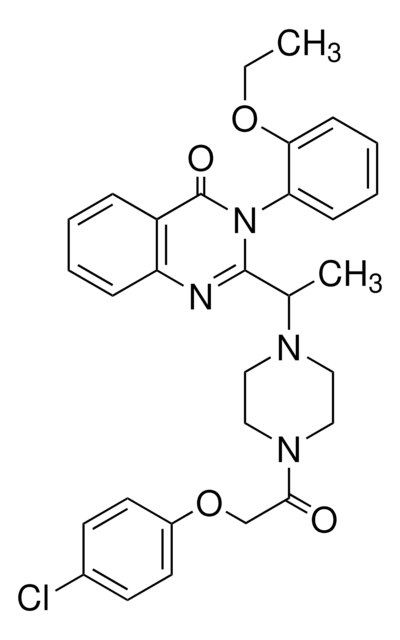Wichtige Dokumente
A7229
O-(2-Acetamido-2-deoxy-D-glucopyranosylidenamino)-N-phenylcarbamat
≥95% (HPLC)
Synonym(e):
PUGNAc
About This Item
Empfohlene Produkte
Assay
≥95% (HPLC)
Form
crystals
Lagertemp.
−20°C
SMILES String
CC(=O)N[C@@H]1[C@@H](O)[C@H](O)[C@@H](CO)O\C1=N/OC(=O)Nc2ccccc2
InChI
1S/C15H19N3O7/c1-8(20)16-11-13(22)12(21)10(7-19)24-14(11)18-25-15(23)17-9-5-3-2-4-6-9/h2-6,10-13,19,21-22H,7H2,1H3,(H,16,20)(H,17,23)/b18-14-/t10-,11-,12-,13-/m1/s1
InChIKey
PBLNJFVQMUMOJY-JXZOILRNSA-N
Suchen Sie nach ähnlichen Produkten? Aufrufen Leitfaden zum Produktvergleich
Anwendung
Biochem./physiol. Wirkung
Lagerklassenschlüssel
11 - Combustible Solids
WGK
WGK 3
Flammpunkt (°F)
Not applicable
Flammpunkt (°C)
Not applicable
Persönliche Schutzausrüstung
Eyeshields, Gloves, type N95 (US)
Hier finden Sie alle aktuellen Versionen:
Besitzen Sie dieses Produkt bereits?
In der Dokumentenbibliothek finden Sie die Dokumentation zu den Produkten, die Sie kürzlich erworben haben.
Kunden haben sich ebenfalls angesehen
Artikel
Review article and products for sialic acid synthesis and signaling.
Glucose metabolism is regulated by the opposing actions of insulin and glucagon. Insulin is released from pancreatic ß cells in response to high blood glucose levels and regulates glucose metabolism through its actions on muscle, liver, and adipose tissue.
Unser Team von Wissenschaftlern verfügt über Erfahrung in allen Forschungsbereichen einschließlich Life Science, Materialwissenschaften, chemischer Synthese, Chromatographie, Analytik und vielen mehr..
Setzen Sie sich mit dem technischen Dienst in Verbindung.